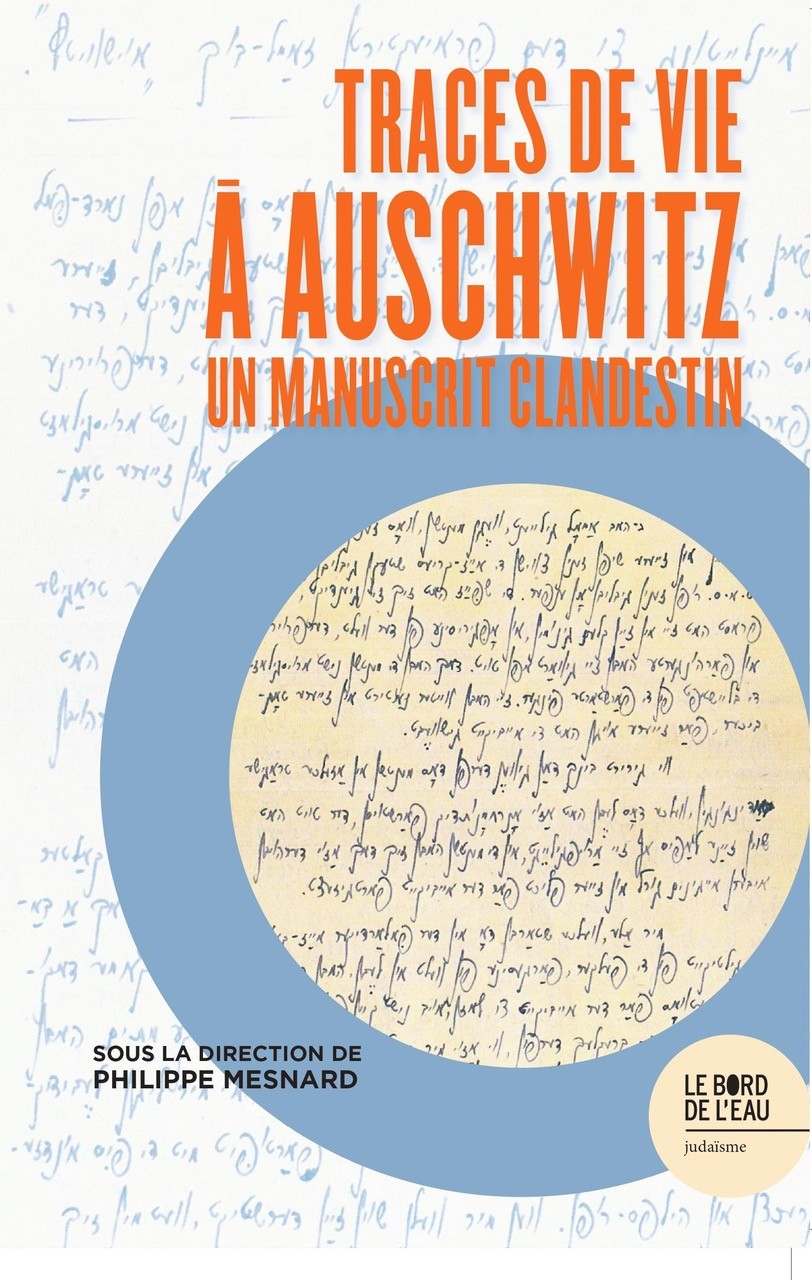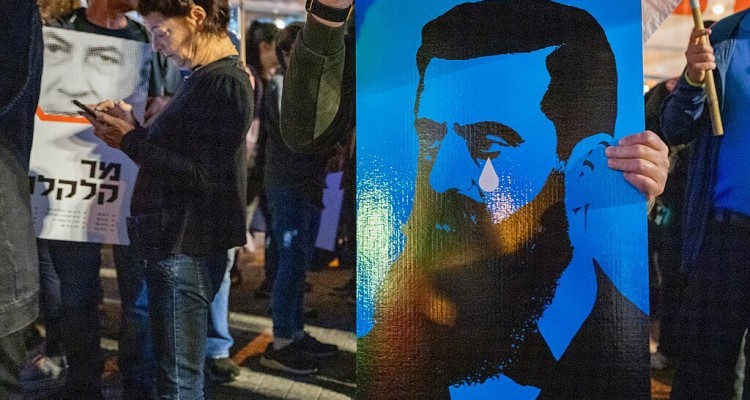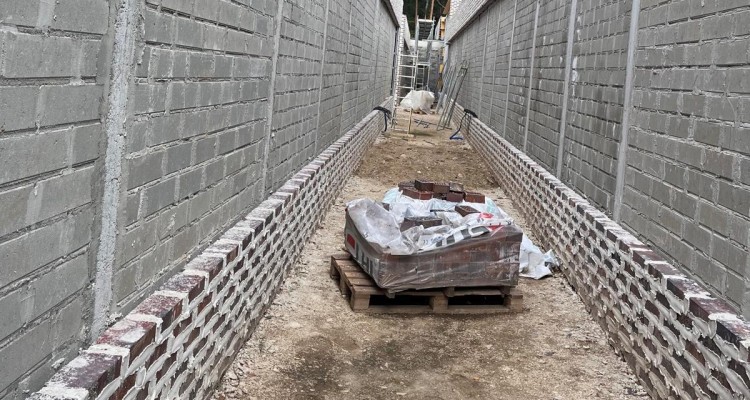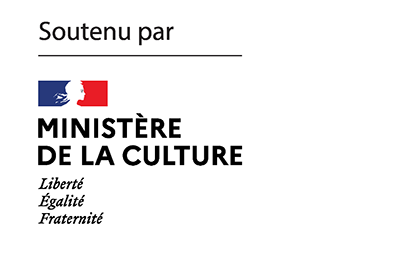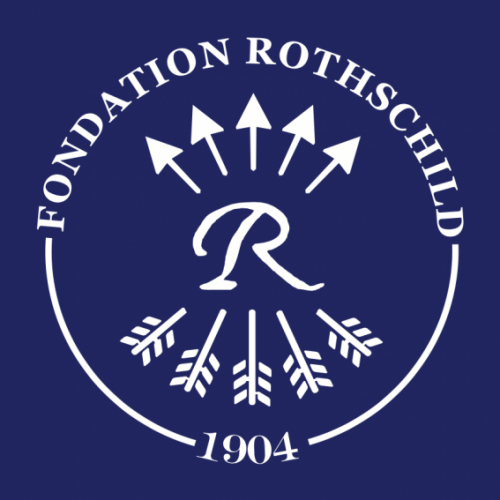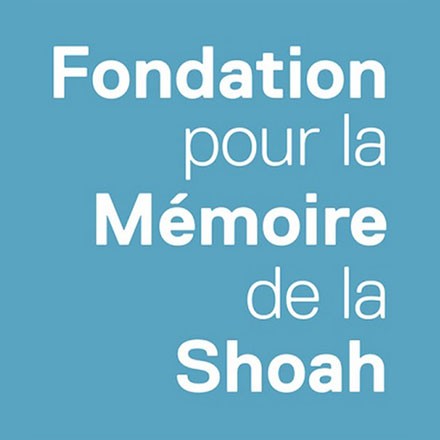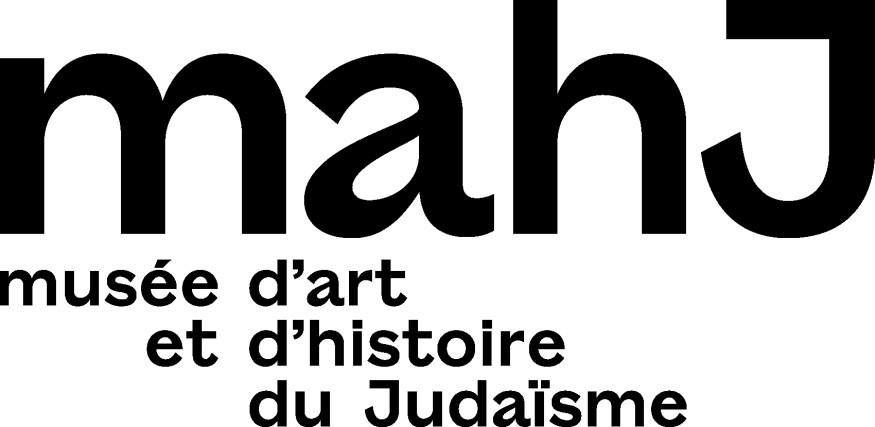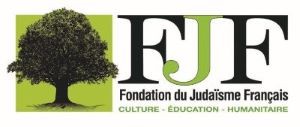During the last days of the Auschwitz camp, Abraham Levite and a group of Jewish deportees conceived of the Collection Auschwitz. The only thing that has come down to us is the introduction to this anthology project, which aimed to bring together a series of clandestine texts written by Jewish deportees in the camp. K. publishes excerpts from this incredible testimony, and an essay by David Suchoff in which he has gathered biographical information on Levite, reconstructed the story of the manuscript and analyzed the project.
In France, Philippe Mesnard recently coordinated a collective book Traces de vie à Auschwitz. Un manuscrit clandestin, published by Le Bord de l’eau (2022), which, in addition to two original translations in French of the Introduction to the Collection, provides a set of comments and analyses.

Introduction of the Collection Auschwitz[1]. Excerpts.
“[…] All of us who are dying here in the polar ice-cold indifference of the nations, forgotten by world and life, still feel a need to leave something for eternity, if not perfectly complete documents, then at least scraps of them, showing how we, the living dead, thought and felt, believed and talked. On the graves where we are thrown while still alive, the world dances its demonic dance and stamps out with their feet our groans and cries for help. Once we are finally smothered, they will begin to dig us up. When all that remains of us then will be our ashes, scattered over seven seas, every cultivated and respectable person will hold it as his duty to pity and to eulogize us. Our shadows will appear on stages or screens and kindhearted ladies will wipe their eyes with perfumed handkerchiefs and mourn for us: Ah, poor unfortunates!
We know we will not leave this place alive. […]
Some will come out of this place alive: but not Jews. What will they, the Gentiles, relate of our lives? What do they know of our suffering? What did they know in normal times about Jewish poverty? They knew only that we were a people of Rothschilds. Now too they will gather up the margarine papers and sausage skins and say, you see? — Jews didn’t have it so bad in the camps. […]
The game is over. A gigantic piece of work has been accomplished, a work of generations. The Jewish people has been wiped off the face of the earth. Already they are extinguishing the embers. They are dismantling the chimneys, those cultural monuments of the New Europe, the building model of the Neo-Gothic style. They are washing their hands and getting ready to say the prayer for cleaning up the blood. No need to worry, for this use there are plenty of ashes left from the five still burning crematoria.
And the slaughter was humanitarian.
A lovely summer day. A train of deportees goes past. Cattle cars. Small windows closed with barbed wire. […]
The train moves slowly, like a funeral train. As if it wanted to give the victims their last honors. Ten minutes later it returns already empty. The Jewish plutocrat and the Jewish Bolshevik who dared stand up to the Aryan world to wipe it out, is now silenced, forever harmless. The loading commando is already packing the still warm clothing into autos — Los, los… there in Germany, in yekke-land, by order of the state, a young Cain has been born. The treasury of the Reich pays bonuses, good wages, Krupp has already provided him with a little rifle, and for him they are carrying away little Abraham’s white shirts embroidered by his mother’s trembling hands.
And the world? The world is assuredly doing all it can. Interpellations and protests — it convenes committees — Committees of 5, of 15 or 18; the Red Cross rattles its pushke, its alms-box, with the traditional cry of “Charity saves from death”, the press and radio proffer their eulogies, the Archbishop of Canterbury says the prayer for the dead and the Kaddish is heard in all the churches. And the masters of the world lift their glasses and toast “to life”, congratulating themselves on their good fortune — may those souls rise to the heavens and may we find our salvation.
The rope is around our necks. The executioner is generous. He has time. He plays with the victim. Meanwhile he takes a drink and smokes a cigarette, smiling a satisfied smile. So let us use this time: while the hangman is busy swilling his beer, we will use the gallows as our writing desk and set down all we have to say and tell.
So write, my friends, write short and sharp, short as the days we still have left to live and sharp as the knives that are pointing at our hearts. Let us leave a few pages behind for YIVO, the Yiddish archives of pain, and let those who have survived, our free brothers, let them read and perhaps learn something from them.[…]
Concentration Camp of Auschwitz, January 3, 1945
Translated from Yiddish into English by Rubye Monnet.
See here the complete text in Yiddish.
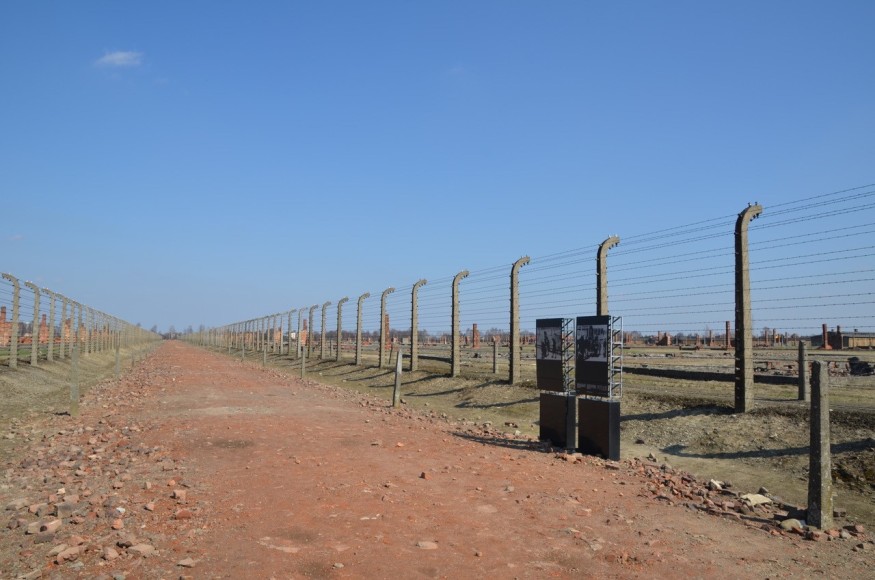
A Yiddish Text from Auschwitz: Critical History and the Anthological Imagination
The following text, written at Auschwitz on 3 January 1945, introduces an anthology of writings composed by Jewish prisoners within Auschwitz itself. That anthology was lost, while this remnant remains. Avraham Levite’s piece, presented here in a new translation, offers itself as a plea from the “other planet” that was Auschwitz to postwar generations, calling upon them to appreciate a fully Jewish and critical historical voice that was forged within its bounds. The introduction presciently voices its author’s certainty that Jewish life at Auschwitz and the Holocaust as a whole would be distorted in representations of the event, submerged by a world eager to ease its conscience, cry and feel better, and thus to deny or minimize the facts of Jewish suffering. The price of world recognition, Levite reasons from history, would be the diminution of the powerful voice of Yiddish life.
This concern with the difference between history and memory gives Levite’s text an uncannily contemporary ring, as it presciently calls upon its readers to beware of the lures of an “objective” history. In recent debates on the differences between popular “memory” and professional “history” of the Holocaust, in the German “Historian’s Debate” of the late 1980s as well as in Israel, attention has been focused on the gaps and absences created by apparently objective historical accounts that would make Germany, too, a victim, or swamp the moral importance of the Holocaust by seductive screen versions. The public question of how to memorialize and to remember, without producing a fetishized objectivity that forgets, has challenged the historical profession to become more literary and to include witness material such as that included and described in Levite’s essay. As one of the foremost contemporary historians of the Holocaust puts it, the history of the Holocaust must sustain a critical tension between the commentary, living voice, and memories of actual Holocaust victims with the objectivity and dispassion of historical accounts.[2] Levite’s essay precedes the current critique of history and memory by taking an explicitly critical stance toward an historiography that was yet to come. Unlike professional historians, Levite announces the intention of his fellow Jewish writers to construct their own objective record of the subjective Jewish experience of an infernal, everyday life. Writing from within Auschwitz itself, Levite prophetically saw that a universal historical perspective and Jewish memory would be at odds when the Holocaust became history.
The different contexts and languages in which Levite’s piece has appeared suggest that the Yiddish language is a crucial and underrepresented voice in Holocaust historiography. The Yiddish writer tackles the experience of Auschwitz in a language that sounds, but does not look, European; he thereby evokes in his very linguistic medium the central tension between Jewish particularity and the claims of a modem and universal culture. Yiddish writing, in other words, sounds and breathes the rich and productive plurality of Jewish modernity. Calling as it does upon Yiddish cultural context for much of its resonance, Levite’s essay was first published in the original Yiddish in YIVO-bleter in 1946.[3] There Levite explains that at the beginning of January 1945, shortly before “the liquidation of the tragic death camp, Auschwitz,” several “serious boys” (erntste yinglekh) planned to produce an anthology of writings under the title Auschwitz; the collection was to contain poems as well as descriptions and impressions of what the writers had experienced and survived. Several copies of their notebooks were to be buried in the camp in bottles, which was the practice followed in the preservation of Sonderkommando narratives that were discovered after the war.[4] Several other copies were to be given to reliable Poles, coworkers in labor details undertaken by the writers outside the camp proper. The collection was also to contain “factual material of historical significance,” including descriptions of the “ghetto” and of the “murderers,” several “Hebrew poems” (shirim) written by a “Hungarian Hebrew poet,” an “apology for our course of action” in the form of “a letter to my brother in Erets Israel,” and other items. Levite adds that the approach of the Russian army thwarted this plan when it resulted in the evacuation of Auschwitz by the Germans.

The fact that Levite, in the first publication of his introduction, does not make an overt claim to authorship of the anthology is a distinguishing characteristic of Jewish anthological writing during the Holocaust. As David Roskies notes, “Every wartime anthology was both collaborative and anonymous,”[5] since to be identified as collecting Jewish testimony while the German extermination effort was under way was to be killed. Levite, however, survived with the manuscript while the other authors and their works were lost, suggesting a different motive for anonymity. The introduction refers to the anthology as an “apology,” and il is possible to read the reticence in claiming authorship as an apology for seeming to speak for those who were murdered and deprived of speech. As Yitzhak Zuckennan defined the emotional issue for the Warsaw Ghetto survivors, ” I agree almost completely with Rachel Auerbach about the guilt of those who survive … for, as she says, whoever survived did so at the expense of someone who was Iost.”[6]
The best-known formulation of this dilemma of the survivor who seems to speak for other victims belongs to Primo Levi, in a chapter entitled “Shame,” where he declares: “[W]e, the survivors, are not the true witnesses.”[7]
In his short preface, Levite says that the authority of the introduction derives from the fact that it was written “in Auschwitz itself,” a “vision of the death camp through the camp’s glasses… It is also an expression of friends and fellow sufferers.” The introduction thus offers its perspective from within the camp as the voice of texts and voices that were lost. The dilemma of the survivor may be lessened by symbolically giving authorship over to those who can no longer speak. ln the 1984 Yizker bukh for Brzozow, in which the introduction appeared in Yiddish as well as in Hebrew and English translations, Levite lists himself explicitly as author, but his introduction to the volume as a whole contains the same kind of apology for usurping the voice of the victims: “Each individual was a world in himself, unique in his aspirations, feelings and hopes; his past obliterated, his future cut off at the roots. Each and every one deserves his place in posterity, just as he deserves a grave and a tombstone of his own. The book mentions only a few and we pray that this book will serve as a communal monument for those who have been inadvertently passed over without mention.”[8]
The anthology’s Jewish perspective and subject matter remain in critical conflict with the world audience Levite imagines. While directed to Yiddish readers, the anthology promises to voice Jewish self-criticism as well as an attack on an uncomprehending world.
This critical perspective accords with the literary context of the essay’s first appearance in the YIVO journal. Levite’s text signals itself as Yiddishist and leftist, with the essay itself citing YIVO as its intended addressee. The worldly literary references of the introduction are combined with what is dearly an intimate knowledge of Jewish tradition. As we learn from Levite’s other writings, his background included traditional Jewish study at the behest of a father whom he revered, but whom he left behind to take part in the Yiddishist and Zionist movements that swept through the shtetl of Brzozow (Breziv), where he was bom.[9] Levite’s style bears some comparison with another Yiddish author from within Auschwitz, Zalman Gradowski. The latter was steeped in European literature, a Zionist, but also an observant Jew who had been a yeshiva student, and who recited Kaddish in prayer shawl and tefillin at Auschwitz for the victims of each transport.[10] Both Gradowski and this introduction intertwine Dante with Jewish scriptural reference, but here Levite combines Dante with the Jewish profession of faith in a signal gesture, one that defines the writer’s cultural dilemma as well as his brilliantly creative response. [11] “Abandon ail hope ye who enter here,” the anthology tells us, mixing Dante with an undercutting Jewish anguish: “Let this stand as our proclamation of ‘Hear O Israel’ the confession of a tragic generation unequal to its task.” Dante appears with the author’s reference to the traditional Jewish “martyrdom” of kiddush hashem to define a position between two traditions: Dante does not speak to a larger world that ignores the actual inferno of Auschwitz, while this young Jewish writer feels himself part of a failed generation, carrying the “burden” of an in-between period in Jewish life, capable of neither a tradition of Jewish “martyrdom” – he lives and writes – nor powerful Jewish resistance. History is the alternative he chooses.[12]
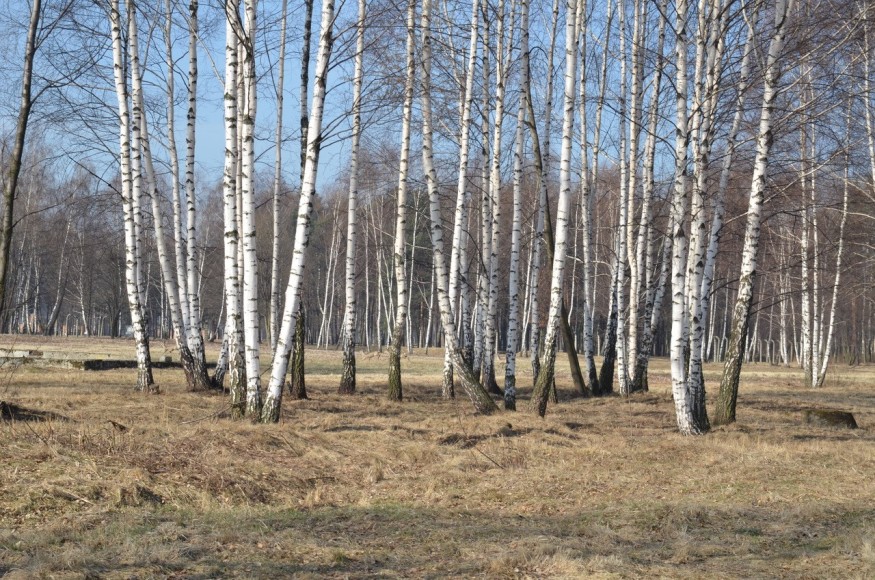
The anthological history that Levite turned to in place of an impossible political action nevertheless became a powerful political agent in Jewish efforts to commemorate the Holocaust, bringing his text ail the way to the floor of the lsraeli parliament (Knesset). Discovered by the Holocaust scholar Israel Gutman, Levite’s text was translated into Hebrew and included in the early anthology of Holocaust writing that Gutman edited, People and Dust: The Auschwitz-Birkenau Book (1957).[13] From there, Levite’s piece captured the attention of the lsraeli Minister of Education and Culture, Ben-Zion Dinur, who cited Levite’s text in the Knesset debate that produced the legislation passed on 12 May, 1953, establishing Israel’s Holocaust Remembrance Day (“Remembrance of the Holocaust and Heroism-Yad Vashem”). From there, the text became part of the Israeli educational curriculum, where it appeared in a textbook for eighth-year students, along with the minister’s Knesset speech.[14] Something ironic must be noted in this transformation: a Yiddish text voicing the fear that world culture would suppress the Jewish truth of Auschwitz finds a Hebrew voice in the Jewish state, and indeed becomes part of its national holiday of remembrance. Yet the Hebrew version of Levite’s essay, while integrated into the anthological imagination of the Israeli educational system, drops from sight as a Yiddish text. The anthological urge that creates remembrance and cultural continuity in Israel does so only under the absent sign of loss.
The appearance of Levite’s text in the memorial book for Brzozow, Poland, is accompanied by a similar relation between memory and absence. Edited by Levite and containing man y contributions of his own along with those of other survivors of their shtetl, the Yizker-bukh produces ail its contributions in three languages the original Yiddish, Hebrew, and English. The complex modern life that produced Levite’s multifaceted Yiddish voice receives textured description, with accounts of everything from the two Jewish public libraries of which the tiny town boasted-one in the Zionist Club (Beit Yehuda), the other in memory of I.L. Peretz to detailed accounts of celebrations of the Days of Awe, descriptions of strife between the general Zionists, Gordonia, Hashomer Hatsair, and the revisionist Menorah group, descriptions of how the retarded and beggars were cared for, evocations of how women would visit the graves of their mothers for advice, detailed testimony by Yisrael Weitz on how the population was murdered on August 10, 1942, as well as a full account of Levite’s own initial flight to the Russian zone, capture, assignment to slave labor, leading eventually to Auschwitz, his account of the camp liberation, and much, much more. The anthological context of the Yizker-bukh creates an irony of its own for Levite’s text that is reproduced below: the full, textured Jewish existence of a town that strove to become fully part of the modem world is evoked, while the limited circulation of such a privately printed text tells the reader that world culture has yet to hear the critical counter-history of Levite’s text.
Levite’s projected Auschwitz anthology sets itself against world culture’s ignorance of Yiddish life, insisting that any history of the Holocaust must, without paradox, register the richness of modem Jewish culture. The plurality of genres Levite cites in the writings of his Auschwitz friends represents the range and variety of a culture very much alive. Like the Oyneg Shabes project of the Warsaw ghetto, directed by Emanuel Ringelblum, the introduction tells us of a group of Yiddish writers who want to tell us how one “lived” at Auschwitz, as they are certain that “how one died at Auschwitz” would doubtlessly “be narrated by pictures, witnesses, and documents.” Levite’s introduction insists that “we alone must tell our own story,” echoing I.L. Peretz’s “Appeal to Collect Materials about the World War,” published in 1915.[15] The projected anthology follows Peretz in laying historic claim to the active, bitter, loving, and critical Jewish life that existed in the midst of the Holocaust, from its description of the mother on the train to Auschwitz with her child, to the denunciation of a non-Jewish world whose charity apes Jewish custom as it does nothing, leaving nothing but a grisly parody of Jewish culture in its wake. In a beautifully exact use of inaugural figure, Levite establishes a perspective of taut polar tension, beginning his piece with the metaphor of the icy indifference of an entire world, as if he were a stranded polar explorer of some new realm, while voicing his rage next to the literal fires of Auschwitz. Levite’s style sustains a tension between a larger world that ignores and, he is sure, will falsify the specifically Jewish experience of Auschwitz, and the anthology’s insistence that, in Peretz’s tradition, Jews who wish to participate fully in modem culture must be responsible for narrating their own particular story within it.
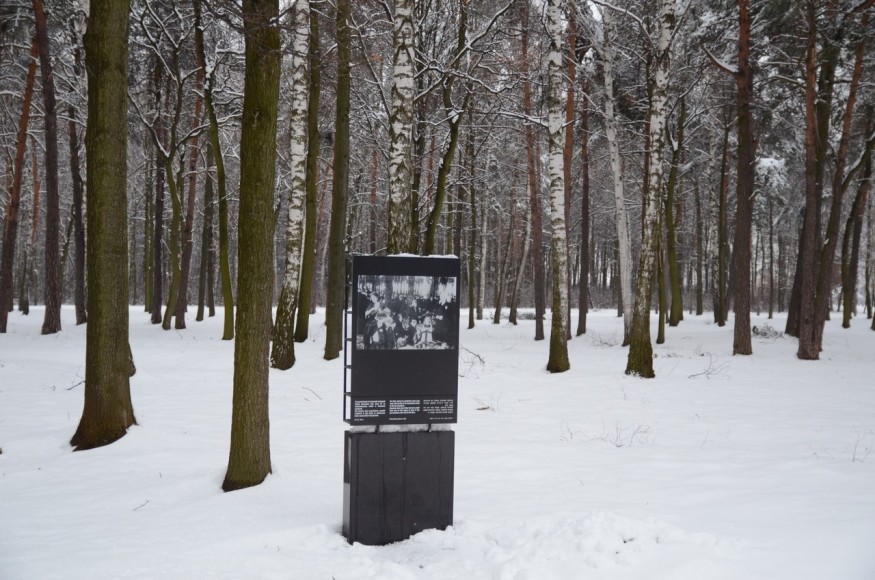
The past recorded by this text was indeed prologue. Levite’s text anticipates a time when images of Auschwitz will flash “across the screen,” the “facts will be available,” but superficial tears will salve the world’s concern and thereby silence the complex and rich voices of contemporary Yiddish culture. This introduction thereby reminds us that despite the supposed surfeit of writing on the Holocaust, too little attention has been paid to the ineradicably Jewish voices that spoke from its midst. In its prophetic claims against the larger world’s representations of Jewish life in the Holocaust, this text gives an angry twist to Simon Dubnow’s contemporary notion that while “the fulcrum of Jewish national being lies in the historical consciousness,” the writing of Jewish history was by definition “at once national and universal.”[16] The anthological voice that speaks here is full of doubt and bitterness. But grounded in tradition, the anthology that was lost is portrayed very much like its Jewish generation: forcefully present and fully modem in the way it links the preservation of tradition with a claim to a transformed future, where nothing that had ever happened would be lost to history. Speaking “in our own language,” the authors of the Auschwitz anthology announced their commitment to Yiddish, their language, and thus, despite their despair and loss, to the continuity of Jewish life.
David Suchoff
David Suchoff is Professor of English at Colby College in Waterville, Maine, and author of Kafka’s Jewish Languages: The Hidden Openness of Tradition (University of Pennsylvania Press, 2012).
The pioneering text by David Suchoff (1999) about the Introduction of the Collection Auschwitz has been translated and updated by Philippe Mesnard, with the author’s permission, for publication in “Traces de vie à Auschwitz. Un manuscrit clandestin” (Coordinated by Philippe Mesnard, Editions le Bord de l’eau, 2022).
Notes
| 1 | The text is preceded by this note, when it appeared in 1946 in the YIVO-bleter magazine: « In the summer of 1945, Avrom Levite of Brezev, near Sonik, in Poland, who was then a refugee in Stuttgart, Germany, handed the following document to Chaplain Morris Dembovitz. With the aid of Professors Abraham Joshua Heschel and Max Artzt of the Jewish Theological Seminary, N.Y., the manuscript was transmitted to YIVO and we are printing it here exactly as it was written, with no changes, not even in spelling (except for a few minor stylistic corrections).” |
| 2 | “Most historians approaching the subject have dealt either with descriptions of the background or with narrations of the Holocaust, never, to my knowledge, with an integrated approach to bath [W]hether this commentary is built into the narrative structure of a history or developed as a separate, superimposed text is a matter of choice, but the voice of the commentary must clearly be heard.” (Saul Friedländer, “Trauma, Transference and ‘Working Through’ in Writing the History of the Holocaust,” History and Memory 4 [no. 1, spring/summer 1992]: 41). |
| 3 | Published as “Dos zarnlbukh Oyshvits,” YIVO-bleter 27 (1946); 194-97. The editorial headnote tells us that in the summer of 1945, the text belonged to a survivor of Auschwitz by the name of Avrom Levite, who was then a refugee in Stuttgart, Germany. Levite entrusted his document to the chaplain Morris Dernbovitz. With the help of Professors Abraham Joshua Heschel and Max Arzt of the Jewish Theological Seminary in New York, the manuscript was transmitted to YIVO, its intended addressee, and printed with slight orthographic changes. |
| 4 | These Sonderkommando writings in Yiddish have survived. Ber Mark’s The Scrolls of Auschwitz (Tel Aviv, 1985) contains English versions of Yiddish texts written in Auschwitz by Zalman Gradowski, Leib Langfuss, and Zalman Loewenthal; their Yiddish texts are available in Ber Mark, Megiles oyshvits (Tel Aviv, 1977). Another Gradowski text, “The Czech Transport,” trans. Robert Wolf, is printed in David Roskies, ed., The Literature of Destruction: Jewish Responses to Catastrophe (Philadelphia, 1989), pp. 548-M; the Yiddish text is available in Zalman Gradowski, ln harts fun genem: A dokument fun oyshvitser zonderkommando, 1944 Jerusalem, ca.1977). For background and other sources on the Sonderkommando Yiddish texts, see Nathan Cohen, “Diaries of the Sonderkomrnando,” in Yisrael Gutman and Michael Berenbaum, eds., Anatomy of the Auschwitz Death Camp (Bloomington and Indianapolis, 1994), pp. 522-34. |
| 5 | David G. Roskies, “The Holocaust According to Its Anthologists,” Prooftexts 17 (1997): 95-113. |
| 6 | Yitzhak Zuckerman, A Surplus of Memory: Chronicle of the Warsaw Ghetto Uprising, trans. Barbara Harshav (Berkeley, 1993), p. 265. |
| 7 | Primo Levi, The Drowned and the Saved, trans. Raymond Rosenthal (New York,1988), p. 83. |
| 8 | Avraham Levite, preface, Sefer zikaron Kehilas breziv [Memorial book to the Brzozow comrnunityl, ed. Avraham Levite, published by the Survivors of Brzozow, 1984. |
| 9 | See Avraham Levite, Yidishe sprikhverter un glaykhverter [Yiddish proverbs and sayings], (Tel Aviv, 1996), and his many contributions to the Yizker-bukh, Sefer zikaron kehilas breziv. |
| 10 | This is according to a fellow inmate, quoted in Mark, Scrolls of Auschwitz, p. 157. For a description of the style of another Gradowski text, see Roskies, The Literature of Destruction, pp. 517-19. |
| 11 | Mark, Scrolls of Auschwitz, pp. 156-57. When Gradowski tells us he was “assigned to guard the gates of hell,” alluding to his position as Sonderkommando, the central literary motif of his narrative, his stance as Dante’s Virgil – leading his reader through an inferno – becomes a request for Jewish forgiveness and a gesture of national assertion. By begging the reader to “come with me, the forsaken, lone remnant of the people of Israel,” Gradowski alludes to Isa.10:20-23, where the prophet declares the hope that the remnant of Israel “shall no more again rely upon him that smote them. (…) [T]otal destruction is decreed, but overflowing with righteousness.” See Mark, Megiles oyshvits, p. 290; and Mark, Scrolls of Auschwitz, p. 174. |
| 12 | A contemporary Hebrew text, written not at Auschwitz but in Cracow, is very similar in tone and spirit but, of course, envisions different alternatives. See “The Face of the Future,” editorial from the underground newspaper of the Fighting Organization of the Jewish Pioneer Group (Akiva) in Cracow, Hehaluts halohem (Fighting Pioneer 29 [13 August 1943]), reprinted in Yitzhak Arad, Yisrael Gutman, Abraham Margaliot, eds., Documents on the Holocaust: Selected Sources on the Destruction of the Jews of Gemany and Austria, Poland, and the Soviet Union (Jerusalem and Oxford, 1981), pp. 354-62. |
| 13 | See Israel Gutman, Anashim va’efer: Sefer oshvits-birkenau (Merhavia, 1957). |
| 14 | The Israeli school text in which Levite’s essay appeared was entitled “Alumot,” in the “Messilot” edition. See Levite, Sefer zikaron kehilas breziv, p. 135. |
| 15 | “We must become the historians of our part in the process,” Peretz wrote. “Woe to the people whose history is written by strange hands after the fact… BECOME HISTORIANS YOURSELVES! DON’T DEPEND ON THE HANDS OF STRANGERS.” Published in Yiddish in Haynt, 1 January 1915, English version in Roskies, The Literature of Destruction, pp. 209-10. For background to this sense of Jewish historical consciousness in the period, see Ismar Schorsch, From Text to Context: The Turn to History in Modern Judaism (Hanover and London, 1994). |
| 16 | Simon Dubnow, “The Significance of Jewish History,” in his Jewish History: An Essay in the Philosophy of History (Philadelphia, 1927, c. 1903), p. 26. |
